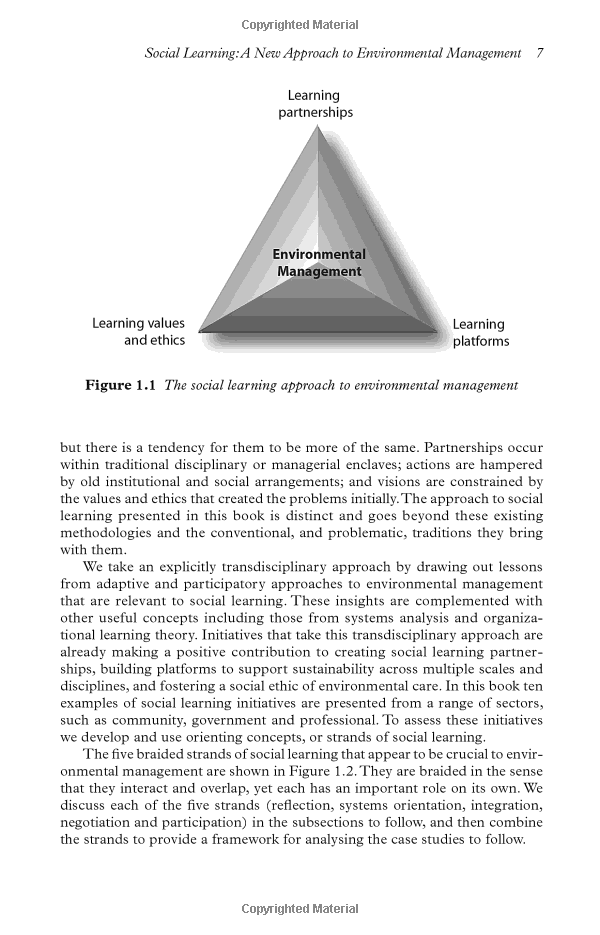Understanding the Implications of Sub Loan and Unsub Loan for Your Financial Future
#### Sub LoanSub loans, or subsidized loans, are financial aids provided by the government to students who demonstrate financial need. The primary advantage……
#### Sub Loan
Sub loans, or subsidized loans, are financial aids provided by the government to students who demonstrate financial need. The primary advantage of sub loans is that the government pays the interest while the student is in school, during the grace period, and during any deferment periods. This can significantly reduce the overall cost of borrowing for students, making education more accessible.
When considering a sub loan, it's essential to fill out the Free Application for Federal Student Aid (FAFSA). This application helps determine your eligibility for federal financial aid, including sub loans. The amount you can borrow depends on your financial need, the cost of attendance at your school, and your year in school.
Sub loans are generally available to undergraduate students, and they can be a crucial component of a financial aid package. However, it's important to remember that these loans are not free money; they must be repaid after graduation or when you cease to be enrolled at least half-time.

#### Unsub Loan
Unsub loans, or unsubsidized loans, are another type of federal student loan available to students regardless of their financial need. Unlike sub loans, the government does not pay the interest on unsub loans, which means that interest begins to accrue as soon as the loan is disbursed. This can lead to a higher total repayment amount over time, especially if the student does not make interest payments while in school.
Unsub loans are available to both undergraduate and graduate students, making them a versatile option for financing education. Students can borrow up to a certain limit each academic year, depending on their year in school and whether they are considered dependent or independent students.
One of the key features of unsub loans is that they provide more flexibility in borrowing. Since they are not based on financial need, students who may not qualify for sub loans can still access these funds. However, it is crucial for borrowers to understand the long-term implications of taking out unsub loans, including the interest that will accumulate and the total amount that will need to be repaid.

#### Comparing Sub Loan and Unsub Loan
When deciding between sub loans and unsub loans, students should carefully consider their financial situation and future repayment capabilities. Sub loans can significantly reduce the financial burden during school, while unsub loans offer more borrowing flexibility.
It's also important to note that students can take out both types of loans as part of their financial aid package. This combination can help cover the full cost of education, but students should be mindful of their total debt load and the potential for high-interest payments in the future.
In summary, understanding the differences between sub loans and unsub loans is crucial for students planning to finance their education. Sub loans offer the benefit of government-paid interest, making them a more affordable option for those who qualify. In contrast, unsub loans provide greater access to funds but come with the responsibility of accruing interest from the moment they are disbursed.

By carefully assessing your financial needs and understanding the terms of each loan type, you can make informed decisions that will positively impact your financial future.